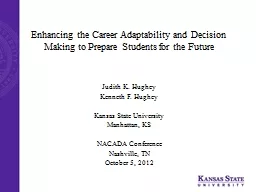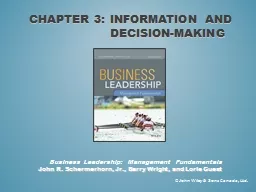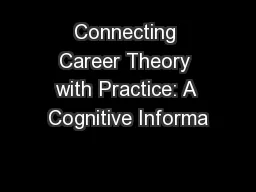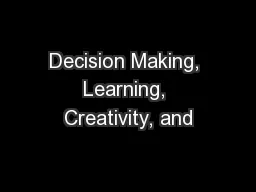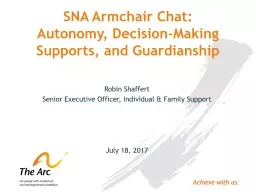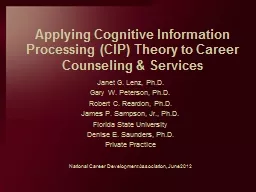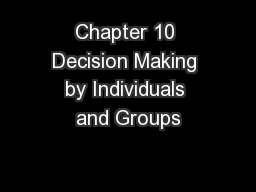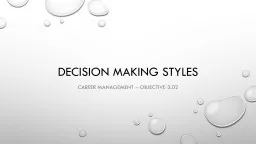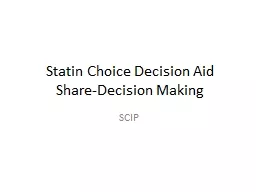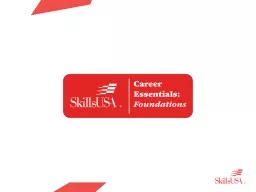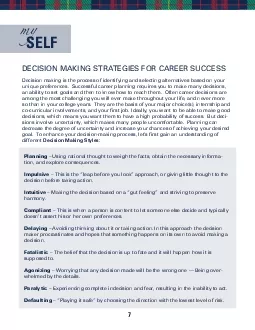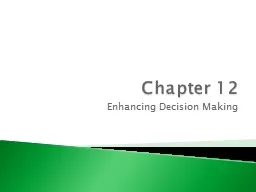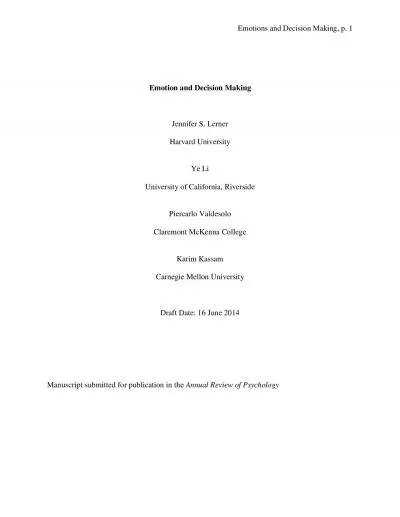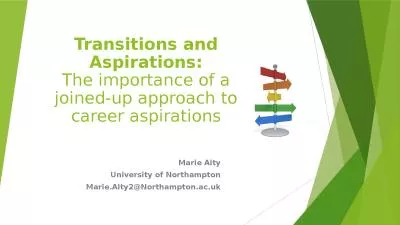PPT-Enhancing the Career Adaptability and Decision Making to Pr
Author : stefany-barnette | Published Date : 2017-08-04
Judith K Hughey Kenneth F Hughey Kansas State University Manhattan KS NACADA Conference Nashville TN October 5 2012 How does it look for students preparing for
Presentation Embed Code
Download Presentation
Download Presentation The PPT/PDF document "Enhancing the Career Adaptability and De..." is the property of its rightful owner. Permission is granted to download and print the materials on this website for personal, non-commercial use only, and to display it on your personal computer provided you do not modify the materials and that you retain all copyright notices contained in the materials. By downloading content from our website, you accept the terms of this agreement.
Enhancing the Career Adaptability and Decision Making to Pr: Transcript
Download Rules Of Document
"Enhancing the Career Adaptability and Decision Making to Pr"The content belongs to its owner. You may download and print it for personal use, without modification, and keep all copyright notices. By downloading, you agree to these terms.
Related Documents

